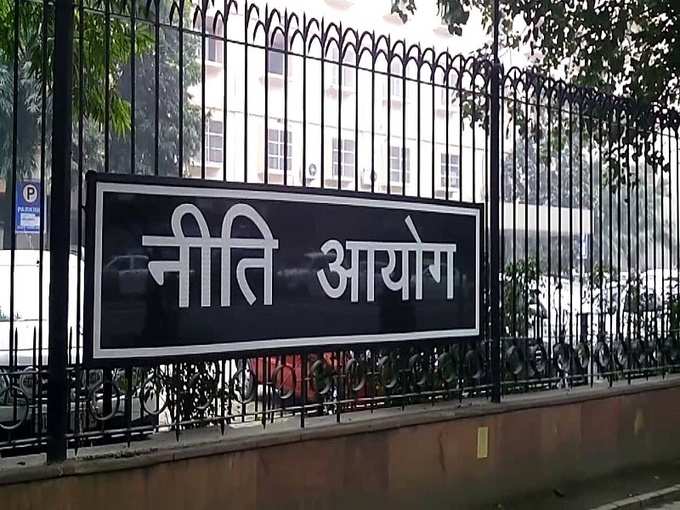
However, people aware of the matter said that this move could potentially create a split between the Niti Aayog and the Ministry of New And Renewable Energy.
"It is difficult to ramp up output four times in six years because of a large number of commercial and technical problems associated with renewable energy generation. Hence, the government has decided to set up an overseeing mechanism which will see the implementation of the roadmap laid out by the government," a senior government official told ET on the condition of anonymity.
The Aayog has been introduced with a two-tier structure, which comprises of an advisory group and a steering committee, the announcement order for which has been issued.
"The advisory group will oversee the integration of RE into electricity grid by promoting coordination between the Centre and states and suggest interventions required to promote India as an RE investment destination/hub to achieve national renewable energy targets," it said in an order.
These 10 potential states include Rajasthan, Tamil Nadu, Madhya Pradesh, Gujarat, Andhra Pradesh, Telangana, Karnataka, Maharashtra, Assam and Punjab.
On the other hand, the second tier will consist of a steering committee, which would be chaired by Aayog's COO
"The steering committee will facilitate RE grid integration and efficient grid operating strategy, afford a coordination mechanism among different stakeholders at the central and state levels to implement the aforesaid strategies as well as report the progress of implementation assembly to the adviser group," the order said.
It was last year that the Aayog had come out with a report on the country's renewable electricity roadmap 2030, in which it had recommended that a national renewable energy law or policy should be formulated to define targets, identify the financial support required for achieving targets and undertake integrated energy resource planning.
Image source
